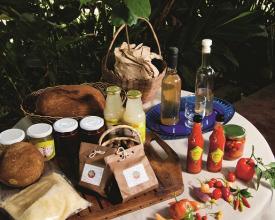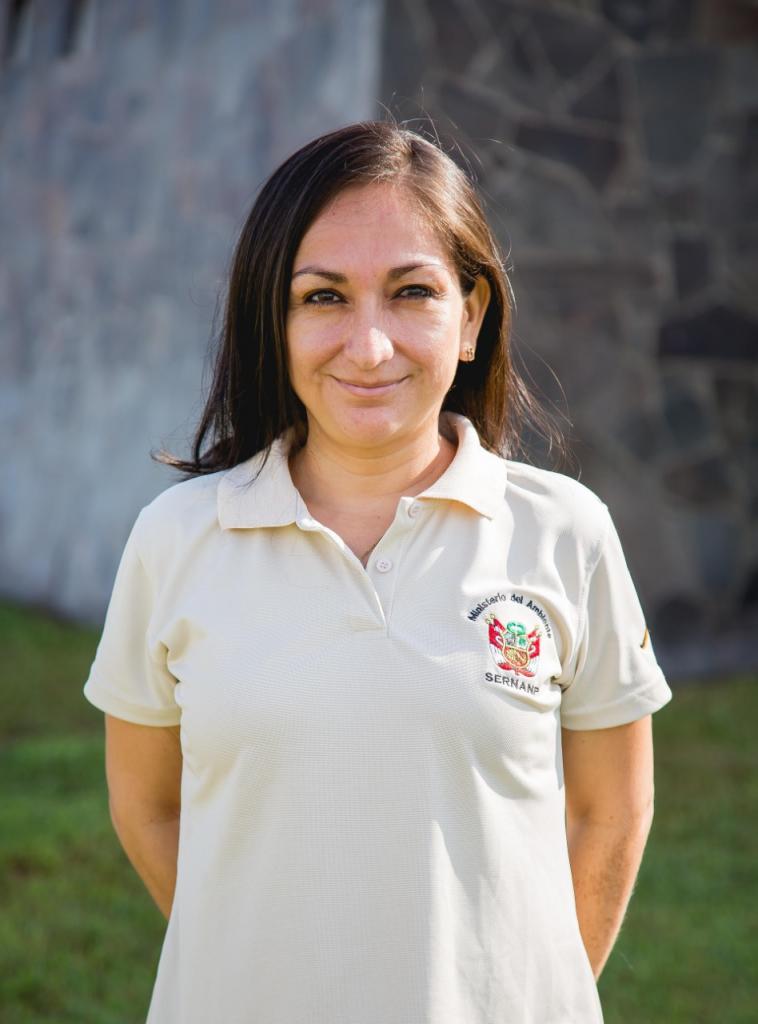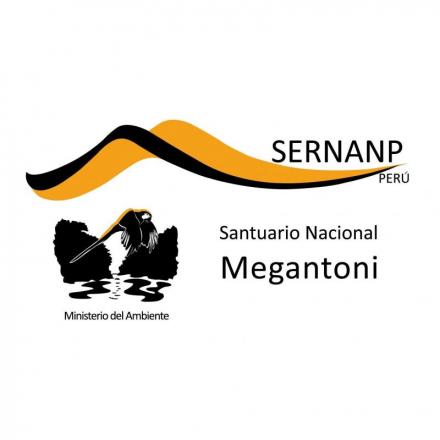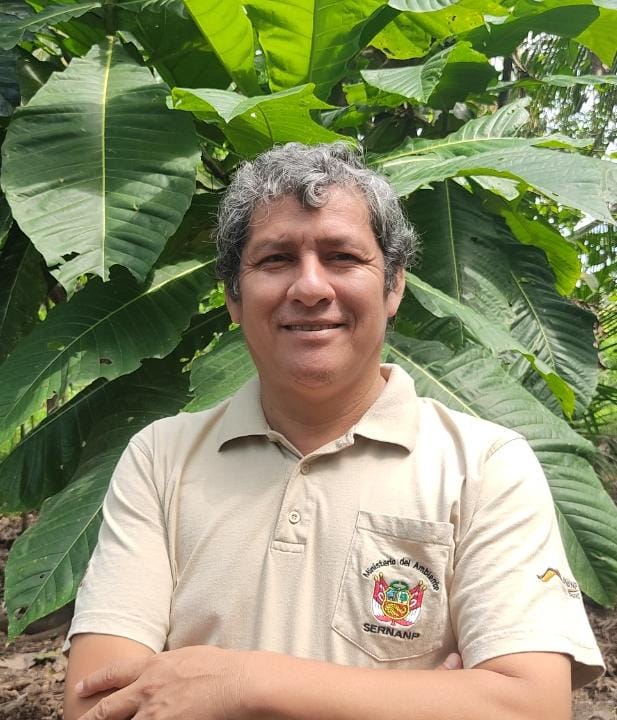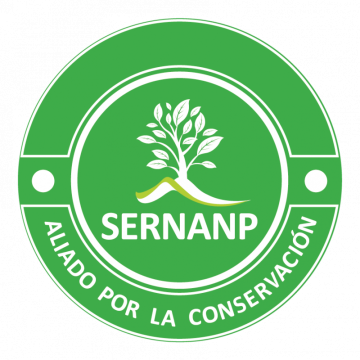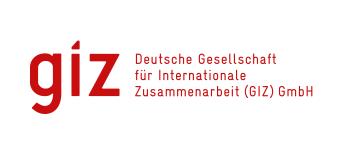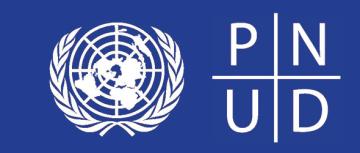
Allies for Conservation
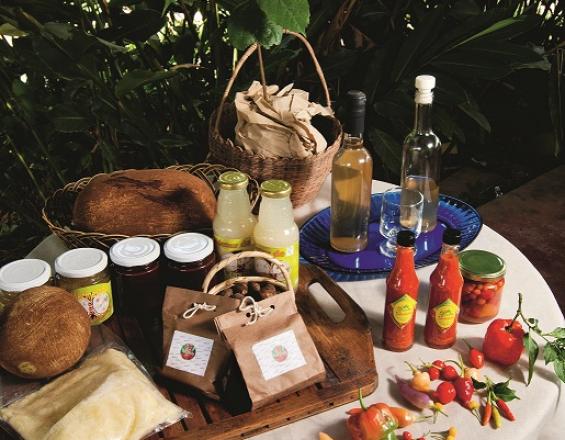
The Peruvian government's National Service of Protected Areas (SERNANP) is responsible for the administration of 75 Natural Protected Areas, which represent 15% of the national territory, with the objective of conserving its biological diversity. Approximately 90,000 people live inside the NPAs and 750,000 people live in the buffer zones.
The natural resource management strategy implemented aims to regulate and formalize the use of wild flora and fauna resources in order to avoid over-exploitation of resources, demonstrate the benefits of conservation, and generate well-being for the local population that is a partner in conservation.
More than 2,000 families have formalized the management of resources, assuming environmental commitments, but the sale of their products is poorly paid in the market. To address this, SERNANP created the Allies for Conservation brand to differentiate these products and position them in the market.
Context
Challenges addressed
- Environmentally, to demonstrate to companies and end consumers that these certified products really contribute to the conservation of a PNA and biological diversity. To this end, existing processes were transformed to ensure the proper use and management of natural resources in the production process.
- Socially, to gain the trust of the producers in the PNAs to produce under the premise of conserving by producing. Initially, there was resistance to adopting this new form of production and commercialization.
- Economically, to guarantee income to the producers who adapted their production processes under the scheme proposed for certification by SERNANP.
Location
Process
Summary of the process
In order to achieve an impact through the "Allies for Conservation" brand, it is necessary to provide adequate support to key stakeholders. It is mainly necessary to strengthen the processes of resource use and management to promote production without damaging the natural heritage of the communities in protected areas, as well as creating alliances with companies to highlight the importance of the brand for biodiversity conservation and the resulting positive impacts for local populations. This is where the building blocks interact, where institutions recognize the value of production beyond economic gains.
Building Blocks
Effective Management of Forest Resources, Flora and Wildlife Harvesting
Create mechanisms in SENARNP to endorse sustainable production processes carried out by companies within protected areas.
Enabling factors
- Involvement of the local population
- Co-management between SERNANP and local authorities and grassroots organizations.
- Encourage and strengthen alliances with the private sector.
Lesson learned
- Robust and consistent technical and scientific criteria.
- Local population involved in the process to ensure social, environmental and economic impact.
- Support in the identification of target audiences
Alliances with key stakeholders
The project focuses on companies that use the natural resources of the NPAs and provides training to companies and the local population in biodiversity conservation, in alliance with various governmental institutions.
Enabling factors
Achieving cooperation between the different actors in the territory is transcendental to create links with the communities, companies and SERNANP. The participation of local populations and producers throughout implementation has undoubtedly been one of the main success factors.
Lesson learned
- Scientific information must be available to make decisions.
- The use of resources should not be an imposition; it is an activity that should be articulated with the uses and customs of the local population.
- Have a well-defined plan for harvesting under SERNANP's defined criteria.
Impacts
Environmentally:
- Conservation of biodiversity for future generations.
- Enjoying the ecosystem services provided by a healthy forest.
Socially:
- Strengthening of local organization.
- Community development based on its natural resources.
- Strengthening of the cultural identity of the communities.
- Local people became communal park rangers to protect the country's natural heritage.
Economically:
- Improvement of the quality of life of the populations.
- Evidence of the benefits of conservation.
Beneficiaries
- Local populations living in protected areas.
- Companies supported by the "Allies for Conservation" brand had the opportunity to access new markets.
Sustainable Development Goals
Story
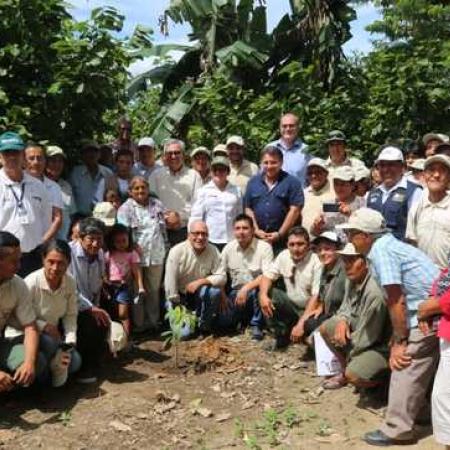
The "Allies for Conservation" brand is a promotional tool for the conservation of nationally administered Natural Protected Areas. The brand generates the differentiation of products and services that were elaborated under a scheme of good use and management of resources in Natural Protected Areas, Buffer Zones and/or strategic spaces identified by SERNANP.
The objective of the mark is that the companies recognize this distinctive as a commercial mechanism, and therefore are willing to pay the price established by the producers as well as products with organic seals.
We want producers in the PNAs to be recognized for the work and conservation they carry out in situ.

